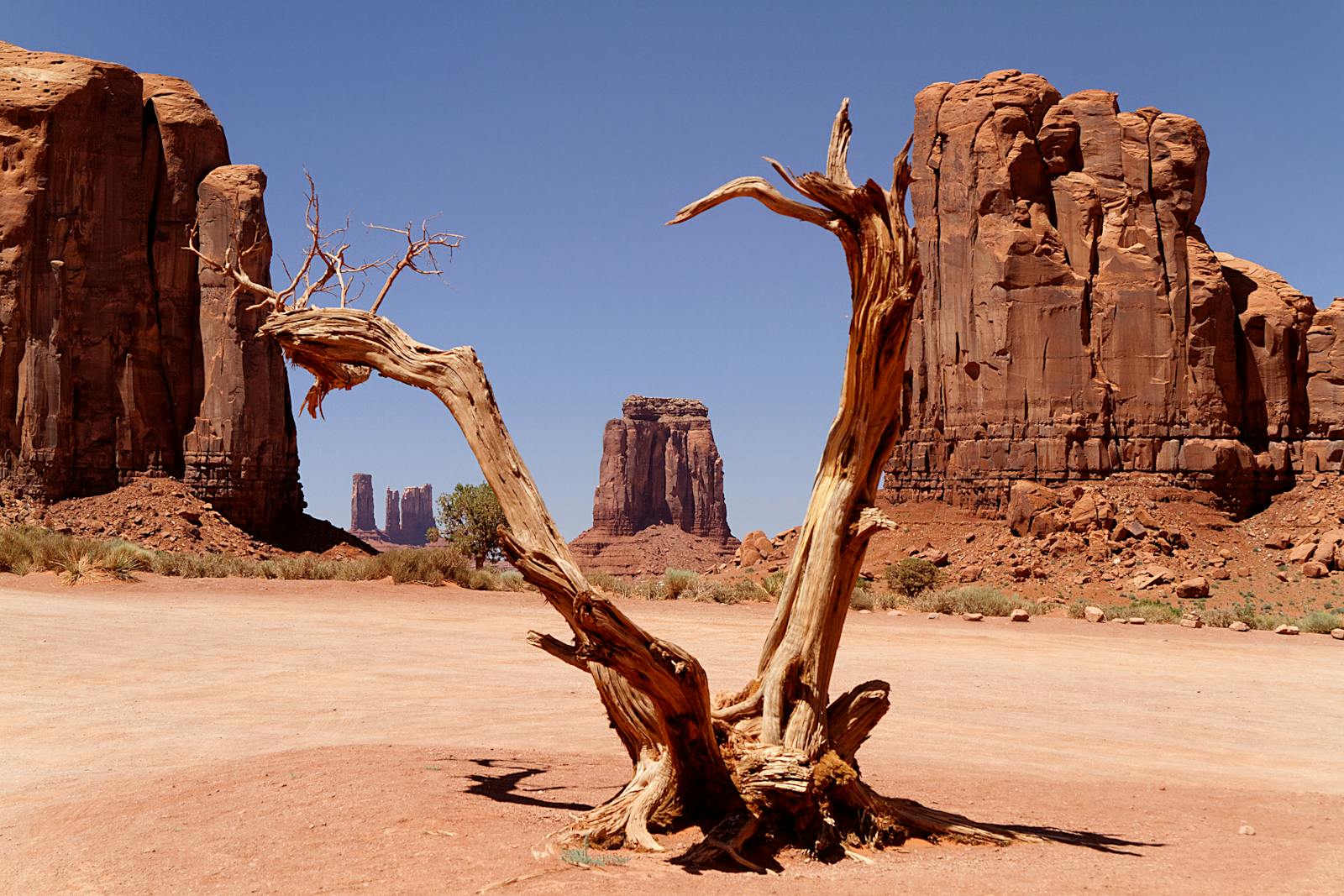Discovering Deserts: 30 Fascinating Desert Facts

By Sandra Rob. Updated: 07 Nov 23
Welcome to an exploration of Earth's most enigmatic landscapes, the deserts. In this digital journey, we unveil the secrets, mysteries, and wonders that these arid regions hold. From scorching sands to icy expanses, deserts are far more than barren wastelands. Join us as we delve into 30 intriguing desert facts that shed light on their incredible diversity, unique adaptations, and historical significance. Whether you're a seasoned desert enthusiast or a curious wanderer, prepare to be captivated by the untamed beauty of the world's deserts
30
Varied Landscapes:
Deserts are not uniform, and their landscapes can be remarkably diverse. They encompass sandy deserts, such as the Sahara and Arabian deserts, rocky deserts like the Sonoran Desert, and icy deserts like Antarctica. Each type presents unique challenges and opportunities for life.
29
Hottest Place on Earth:
The Lut Desert in Iran, known as Dasht-e Lut, holds the record for the highest ground temperature ever recorded, reaching a scorching 159.3°F (70.7°C) in 2005. This extreme heat is due to its low elevation and vast sand dunes.
28
Cold Deserts:
Not all deserts are synonymous with heat. The Gobi Desert, located in northern China and southern Mongolia, experiences extreme cold temperatures in winter, with temperatures plummeting well below freezing. Snowfall is not uncommon in cold deserts.
27
The Sahara's Size:
The Sahara Desert in North Africa is the largest hot desert globally, spanning over 3.6 million square miles, which is approximately the size of the United States. Despite its harsh conditions, it's home to numerous plant and animal species, as well as diverse cultures.
26
Diverse Wildlife:
Deserts are not barren wastelands; they are rich in wildlife that has adapted to extreme conditions. Camels, scorpions, sidewinder snakes, and vultures are some of the many creatures that call deserts home. Some, like the fennec fox, have remarkable adaptations for desert life.
25
Fluctuating Temperatures:
Deserts often experience dramatic temperature fluctuations within a single day. Daytime temperatures can soar to over 100°F (37.8°C), while nighttime temperatures can drop to near freezing due to the absence of moisture to trap heat.
24
Rich in Minerals:
Many deserts are mineral-rich, with extensive deposits of valuable resources like salt, gypsum, and various metals. The Atacama Desert in Chile, for example, contains vast lithium reserves, crucial for batteries in electric vehicles.









